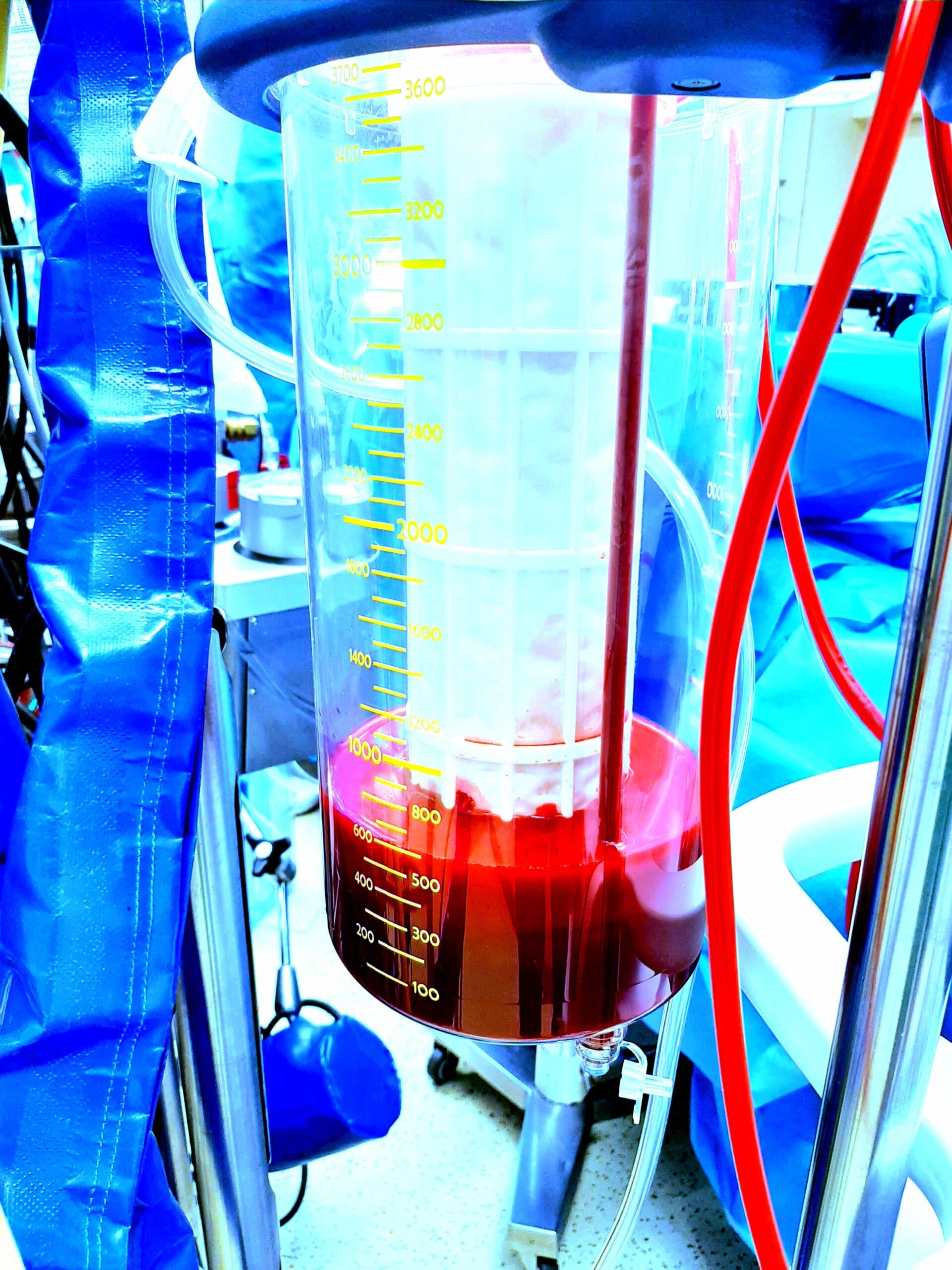Evaluation of Autologous Retransfusion from A Closed Suction Drainage System for Patient Blood Management in Elective Total Hip and Knee Replacement: A Two Cohort Study

Background
Postoperative autologous retransfusion of drainage blood might reduce the transfusion of red blood cell concentrates after major orthopaedic surgery.
Objectives
Our primary objective was to evaluate the effectiveness of a blood collection and retransfusion system. Secondary objectives included safety issues and the quality of the drainage blood collected.
Design
Combined retrospective and prospective cohort study.
Setting
Swiss regional hospital, from 1 January to 31 December 2015 (retrospective cohort) and 1 January to 31 August 2018 (prospective cohort).
Patients
The retrospective and prospective cohort included 216 and 46 patients, respectively, who underwent elective hip or knee replacement.
Interventions
Use of a postoperative blood collection and retransfusion system.
Main Outcome Measures
The primary outcome was the postoperative haemoglobin in patients with and without autotransfusion. Secondary outcomes were percentage of patients with transfusion of allogeneic blood products and with adverse events with and without autotransfusion. Tertiary outcomes were laboratory levels of specific inflammation and coagulation parameters in collected drain blood directly after surgery and 6 h postoperatively.
Results
Autologous retransfusion was performed in 50 patients (23%) in the retrospective analysis. Postoperative haemoglobin level was increased by 5 g dl−1 (P = 0.017) in retransfused patients compared with those without retransfusion. However, there was no difference in the number of transfused allogeneic red blood cell concentrates. Mild adverse transfusion reactions were reported in 13 retransfused patients (26%). Laboratory analyses for the second prospective part detected massively elevated concentrations of myeloperoxidase and IL-6 in the drainage blood, but C-reactive protein and procalcitonin concentrations were within normal ranges at both time points. d-dimers levels were above the upper normal level in 37 and 24% at the two time points, respectively, and tended to decrease over time (P = 0.060).
Conclusion
Our study questions the effectiveness of postoperative autotransfusion as part of a patient blood management programme. In addition, the obvious signs of inflammatory reactions and coagulation activation raise safety concerns.
